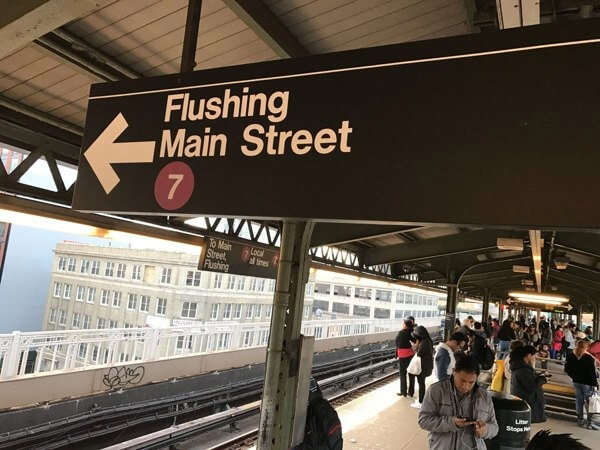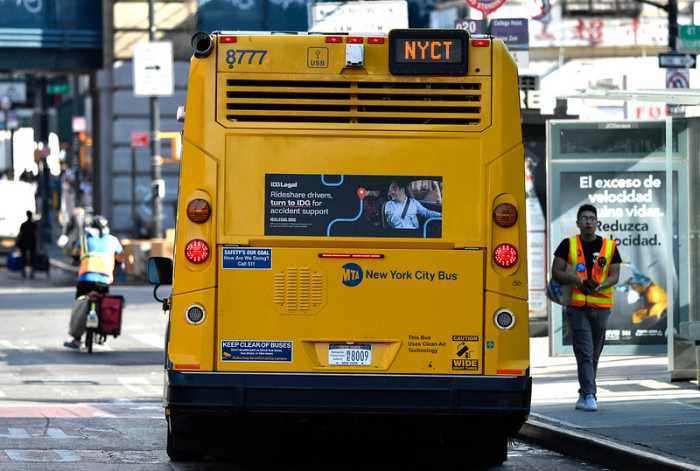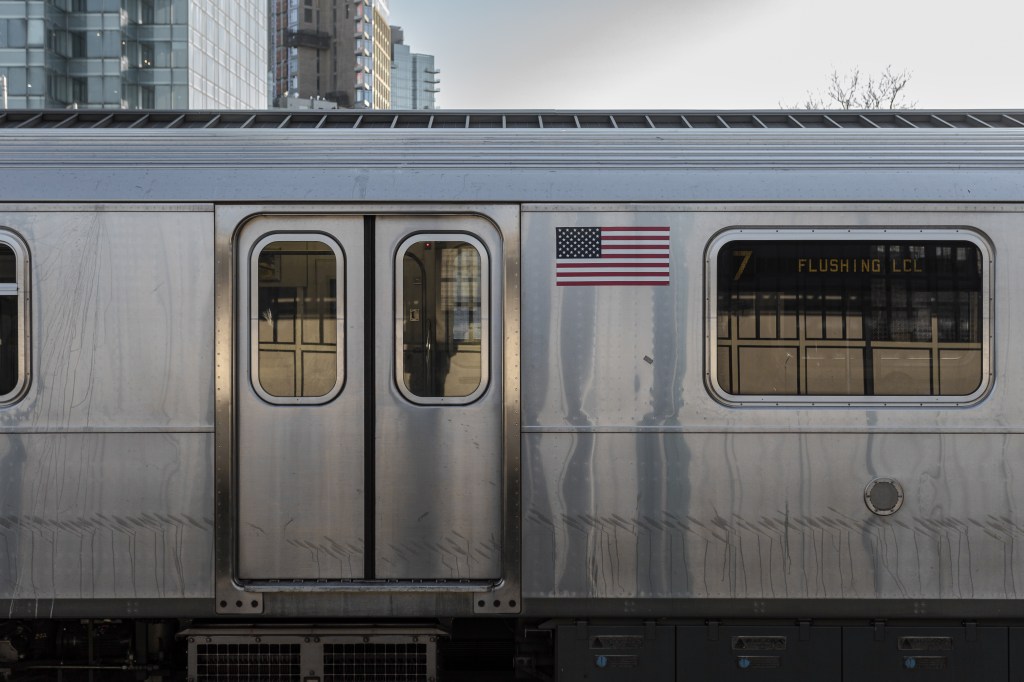By Mark Hallum
MTA Chairman Joseph Lhota unveiled his short-term plan this week to repair the city’s failing subway system and restore riders’ confidence in public transit.
The strategy includes transforming how the transit system operates in the immediate future. It will target problem infrastructure and garbage, and increase staff and customer communication.
Gov. Andrew Cuomo challenged Lhota to come up with an emergency plan a week after he was re-appointed chairman. In June Cuomo declared a state of emergency for the subways to expedite the installation of new infrastructure in response to widespread breakdowns and delays.
“The overall goals are to stabilize the system, improve what we have now, and get it set and ready to become modernized,” Lhota told a news conference Tuesday. “It’s a strategy that’s going to target additional personnel and equipment focused on the critical components of the system that we have determined has the highest incidence of failure.”
The MTA will be piloting a program to remove some seats on trains to accommodate 25 extra people per car, according to Lhota.
Lhota attributed the causes of the systemwide decline to aging infrastructure, which some problems dating back to WWII and the turn of the century, as well as a lack of capital investment and record ridership. Ridership has also grown exponentially since the subway was constructed.
His short-term plan to stabilize the system will cost $456 million in operating costs and $380 million in capital investment.
Lhota ended the press conference by placing further pressure on the de Blasio administration to involve itself in funding not only the short-term solution, but the subway’s operations in general, which has been a point of contention between the city and the state.
“I will work with him closely,” Lhota said. “I will do everything I can to convince him that this is the right thing to do for the people of the city of New York.”
State Sen. Michael Gianaris (D-Astoria) supported the short-term plan and offered up his own tax on the rich for a long-term financial solution.
“As every New Yorker already knows, the problems identified by Joe Lhota are real, but what’s lacking are real solutions from the state. My ‘Better Trains, Better Cities’ plan would raise the funds necessary for the MTA to conduct critical repairs and maintenance. The MTA has been neglected and underfunded for too long. It’s past time for the state to step up.”
Riders Alliance Executive Director John Raskin issued a statement praising Lhota’s short-term plan while holding Cuomo to his commitment of bringing a long-term solution to prevent a repeat of the current condition of the subways.
“This plan will bring the first breath of relief for beleaguered transit riders, if the money is actually there to make it happen,” Raskin said. “The MTA has come up with smart measures that can reduce delays and improve the riding experience in the near term. The next step for Gov. Cuomo is to match this near-term effort with a long-term plan to upgrade MTA equipment, modernize the 80-year-old signal system, and replace antiquated subway cars more quickly. MTA underfunding has accumulated over decades and it can’t be solved in one year. Riders will continue to push for a long-term plan to do the hard work necessary to restore quality, reliable transit service.”
Raskin questioned whether Cuomo would follow through with providing a steady, reliable stream of funds to the city’s transit system, which he claimed would be the “greatest act of leadership” Cuomo could display.
Reach reporter Mark Hallum by e-mail at mhall


































